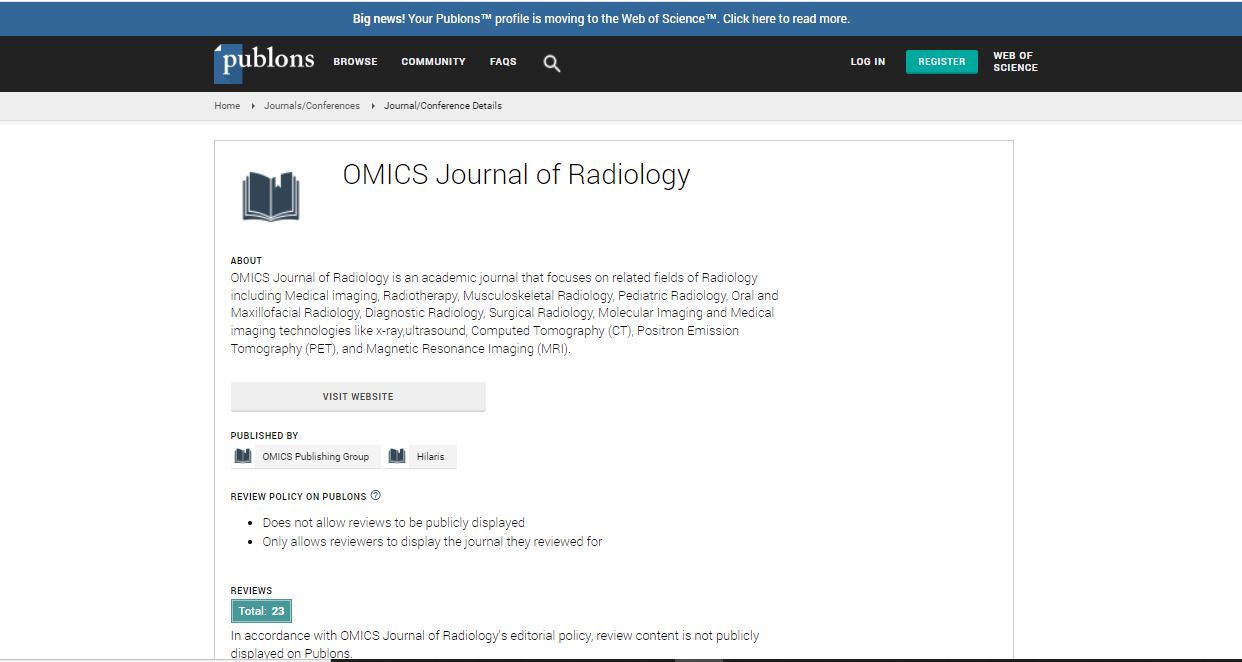Case Report
Transcatheter Bronchial Artery Aneurysm Embolization with Onyx
| Mario Corona, Antonio Bruni, Chiara Zini*, Emanuele Boatta, Fabio Coratella, Jacopo Tesei, Paolo Rabuffi, Carlo Cirelli, Fabrizio Fanelli and Filippo Maria Salvatori | |
| Vascular and Interventional Radiology Unit, Radiology, Oncology and Pathology Department, Sapienza- University of Rome, Viale Regina Elena 324 00161, Rome, Italy | |
| Corresponding Author : | Chiara Zini Vascular and Interventional Radiology Unit Radiology, Oncology and Pathology Department Sapienza- University of Rome Viale Regina Elena 324 00161, Rome, Italy Tel: +39-064455602 / 064468587 Fax: +39-06490243 E-mail: zini.chiara@gmail.com |
| Received July 16, 2013; Accepted September 10, 2013; Published September 17, 2013 | |
| Citation: Corona M, Bruni A, Zini C, Boatta E, Coratella F, et al. (2013) Transcatheter Bronchial Artery Aneurysm Embolization with Onyx. OMICS J Radiology 2:145 doi: 10.4172/2167-7964.1000145 | |
| Copyright: © 2013 Corona M, et al. This is an open-access article distributed under the terms of the Creative Commons Attribution License, which permits unrestricted use, distribution, and reproduction in any medium, provided the original author and source are credited. | |
Abstract
Purpose: Report a case of transcatheteral embolization of a Bronchial Artery Aneurysm (BAA) using Onyx. Case report: A 60 years-old man was hospidalized because mediastinum hematoma related to BAA. Left transsucclavian approach was conducted and the microcatheter was used to reach the BAA. Because vessel caliper and tortuosity aneurism packing was not possible, so why Onyx 34 was released as close as possible to the aneurysmatic sac with “plug and push” technique. The clinical condition of the patient immediatly improved and the 1-month CTA confirmed the complete exclusion of BAA; patient did not claim any particular disturbs after 7-month follow-up. Conclusions: Embolization of BAA using Onyx 34 is feasible and viable.

 Spanish
Spanish  Chinese
Chinese  Russian
Russian  German
German  French
French  Japanese
Japanese  Portuguese
Portuguese  Hindi
Hindi 
